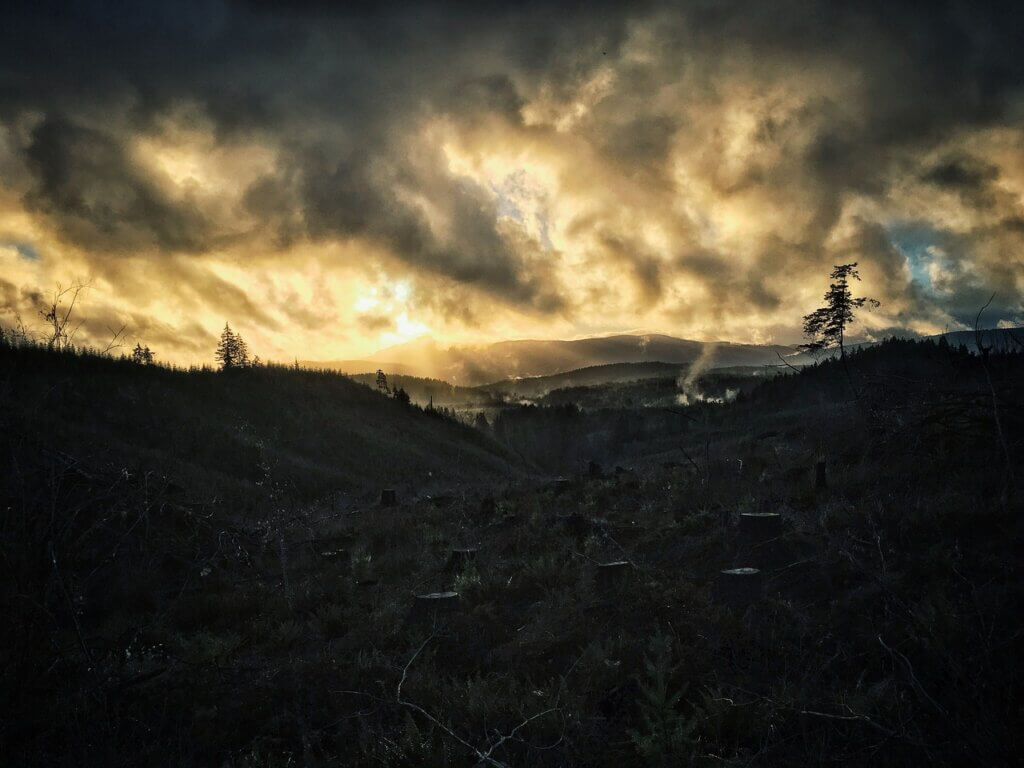Oud Info
The End of Oud: Part 4
30 May 2012
Kuala Lumpur
‘If you want oud oil, all I have to do is make a phone call. I can get you two kilos in two minutes. But you know what kind of oud it’ll be…’ explained the man who first set up distillation in Kuala Lumpur, as he showed us around his distillery.
‘Impossible,’ he objected to the claims we related coming from certain sellers. ‘We both know there’s no more wild oud. There hasn’t been any in Cambodia for a long time. And here in Malaysia and Indonesia, it’s all injection agarwood. Even the ‘wild’ ones. And a lot of cheating. The worst cheating happens in Indonesia.’
‘It’s better for you to sell to the big markets,’ he went on to say. ‘You can buy cheap and sell more. Most people can’t tell the difference anyway. If you let them smell the good oil and tell them the price, they won’t buy. If you show them the mixed one, they think it’s good enough and end up buying lots of it.’
His warehouse was filled with bags of wood, which gave the impression that he wasn’t doing too bad for himself. But seeing us reach into one of the bags, he pointed out the irony of it, saying: ‘It’s not agarwood.’
He’s been experimenting with the aromatic properties of other species of trees. Indiscriminately mixing these with agarwood, he makes no secret of the fact that it doesn’t matter to the people the oil ends up with. It just gets mixed further anyway.
The kind of distillations he’s conducting these days are mirrored throughout the region. But what he’s up to in his distillery is not why his name is recognized by everyone. It’s what he’s got locked away at home he’s known for.
He was recently offered $50,000 for an arm-length piece of sinking-grade Cambodi wood. 1.1kg, to be exact. He declined. ‘It’s worth $100,000,’ he insisted. When we asked him if he had more of this kind of wood, he told us to come over for a look. He walked to what looked like a small closet space, and opened the door. It was like we got a glimpse into Aladdin’s cave of wonders as we saw enough wood to build a boat with. ‘Do you have any Vietnamese in there?’ we asked. ‘Of course,’ he nodded. ‘How about Burmese?’
‘I have everything.’
Two years ago, a veteran distiller in Cambodia told us about this man, to whom the bulk of his own distillations had gone over the years. He made it clear that nobody could match his collection of vintage oils and rare wood. The flip side is that he’s infamous for hoarding old oils, while selling off new productions to the local market and the Gulf where the oil is used to make spray-on ‘oud’ perfumes.
As we drove around KL, he told us about some of the people he used to know in the business. One of them we met. A long-time colleague and friend of his, and among the chief suppliers to the Gulf for well over ten years.
He treated us to dinner. He wistfully recalled meeting ministers and shaykhs, getting red-carpet treatment whenever he travelled to the Middle East. During our time with him he constantly had to answer his phone, as he was putting in a bid to set up a new restaurant. Just like the Cambodi veteran, who’s now doing real-estate, the oud business is hardly something he bothers himself with anymore.
‘It wasn’t just lack of raw materials, but the cheating especially got to me. I would have liked to stay in the business, but it just became too much,’ he answered when we asked about his move to the food industry. His distillery has been standing abandoned for over a decade now, without any prospect of him firing up the boilers again.
There are inoculation kits that get you black resin in only four months and steam distillation units that suck the oil from these trees in only four hours. ‘It’s a pity. All the oils today have the ‘sap smell’ you get from cutting down a growing tree. They get quick resin and quick oil, but it’s not the same. You’ll never get the oud you talk about again,’ the now-restaurateur told us as we discussed the quality of oud produced this way.

Back at our host’s apartment, we went through batches of wood decades old. We asked what he thought of distilling the chips into oil and he didn’t hesitate to tell us what a silly idea this was (the wood being far too expensive today). The vintage oils he was showing us were extracted from this quality wood and well-aged. But, confirming what we’d been told about him, he wasn’t letting go of a single drop.
Meanwhile, within the past few months we’ve seen the sell-out of many of our wild oils – Borneo 3000, Borneo Kinam, Sarawak Experiment No 1, Oud Khidr, Oud Nuh, Bhutan Kinam No 1 and No 2, Oud Idrees, Oud Royale, Sweet China, Oud Emerald, Kyara Ko-Twe, Kyara Koutan, Encens Khmer – all of which matched or surpassed what we were being shown.
When we started to discuss our ideals for cultivation, inoculation, and harvesting, he took an authoritative stance, repeating in a stern voice: ‘Listen to me. It is impossible – impossible – to find organic trees here. Everything is injection agarwood. Everybody uses chemicals – even when they find wild trees. They’ll tell you differently, but I’ve been in this business long enough.’
‘So, why are you hanging onto yours?’ we asked him about his vintage oils. He just politely reiterated, ‘Forget these, they’re not for sale.’
But we all know why they’re not for sale… yet. Just like we know why he didn’t part with even one of his sinking-grade Cambodi pieces.

